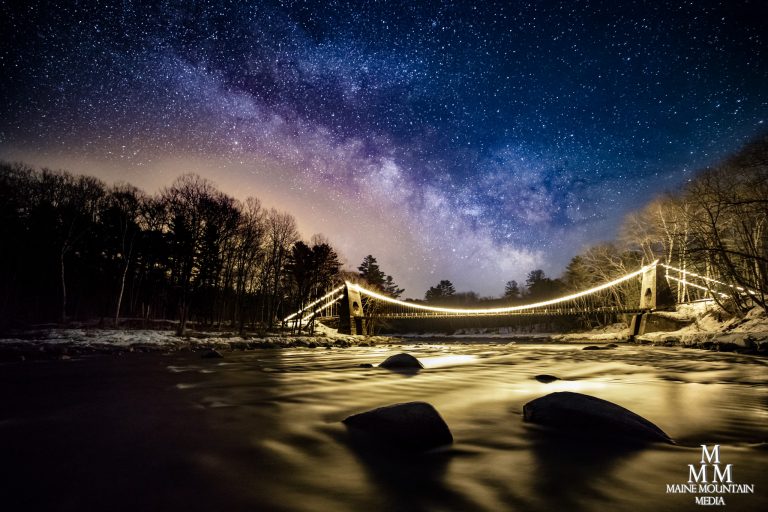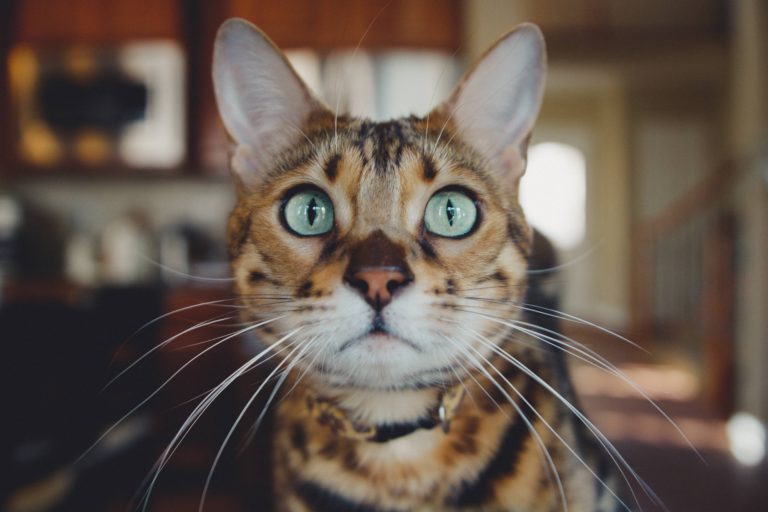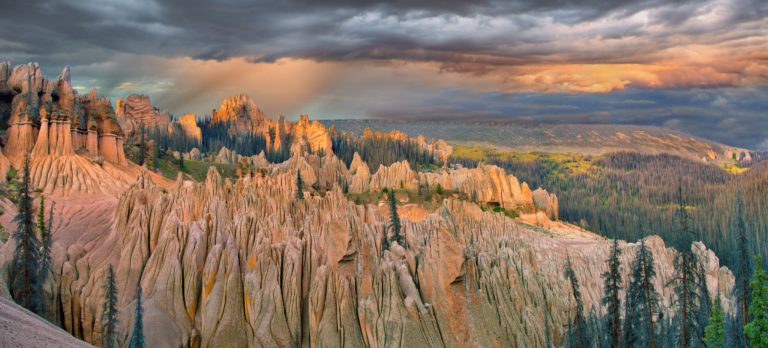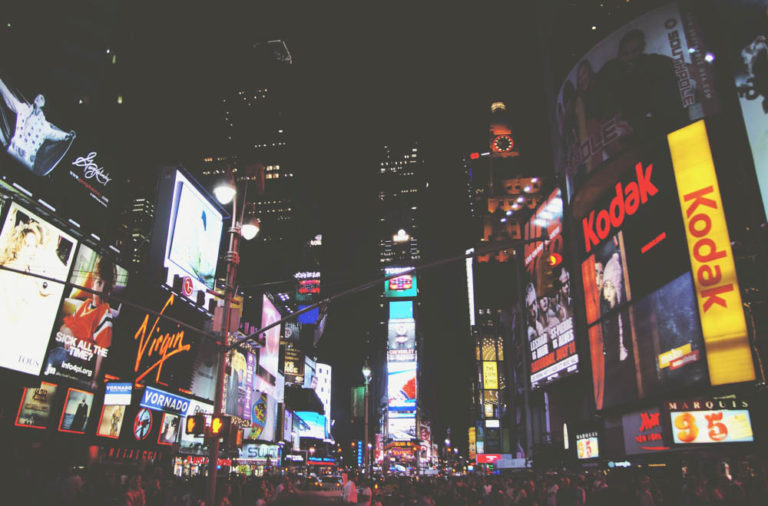Street Photography Gear: Pack Light to Focus on What’s Important

Street photography gear is often over-thought. Gear, to some extent, is an essential part of making street photos though. My philosophy on street photography gear is to keep things as simple as possible and travel light.
Street photography gear is great, but having too much of it can weigh you down, and it can feel like a burden. If your equipment causes you to miss shots or avoid going out to shoot, then trimming down your gear may actually be the best thing for your street photography.
With that said, having good street photography gear is a nice luxury, and when you have the equipment that best aligns with your shooting style, it can make you feel good about your photography and inspire you to shoot more.
The Essential Street Photography Gear
I believe that on many outings, there are only three essentials that you need: a camera, a lens, and a camera strap. For me, this is the bare minimum for creating my best street photography. This setup is nice because it really frees your mind to just think about making street photography, and you’re not annoyed by having to carry around a bag or anything else.
There are other pieces of gear you can take along with you for street photography, of course, but they’re not necessary.
Cameras
I prefer using a small camera that looks unassuming, usually in a rangefinder style. Non-interchangeable lens cameras like the Ricoh GRIII, Fujifilm X100V, or Leica Q2 are great options, partly because they’re so compact. The single focal length of these cameras is limiting, but at the same time, it’s really nice to be able to just grab and go and not have to worry about changing lenses.
Many interchangeable lens camera bodies are great for street photography too, which gives you the option of swapping out different focal lengths depending on what you’re shooting. And you don’t necessarily have to carry an extra lens with you — if you plan on shooting in a particular style for your session, you can choose one lens accordingly.
Some current interchangeable lens camera bodies include:
- The Fujifilm GFX 50R
- The Fujifilm X-PRO3
- The Fujifilm X-E4
- The Leica M10-R
- The Nikon Zfc
- The Sony a6600
- The Sony Alpha a7R IV
- The Olympus OM-D E-M10 Mark IV
- The Olympus PEN E-PL10
It’s a good idea to shoot with a weather-sealed camera. Street photography in the rain and other bad weather can be uncomfortable, but it makes for compelling images. Whether you actively go out during bad weather or if you just find yourself on the street in the rain on occasion, it’s good to know your street photography gear is safe.
It’s not 100% necessary to shoot with a weather-sealed camera, obviously. My current camera, the Fujifilm X-E4, which I reviewed here, unfortunately, is not weather sealed. It would be nice if all cameras were weather-sealed, but that’s not the case. Weather-sealed cameras tend to be higher-end and more expensive, so it’s more of an investment, but it’s worth it if you have the dough.
If you’re trying to decide on what camera body to buy, I put together my recommendations for the best street photography cameras here.
Lenses
Lens choice comes down to personal preference, but standard focal lengths for street photography include 28mm, 35mm, and 50mm. 40mm equivalent lenses are becoming more widely used now too. These focal lengths are fairly wide, aside from 50mm. Wide-angle perspectives are nice for street photography because they give the viewer the sense that they’re right there in the action. It provides a more personal and intimate feeling to street photographs.
However, just be aware that doing street photography with a wide-angle lens is generally more challenging than using long focal lengths. Wide-angle lenses show more of the scene, so you can end up including distracting elements in your frame. In addition, composition is harder with wide-angle lenses because you have to manage more frame elements.
Some street photographers like longer lenses. However, I think there’s a limit to how long you should go for street photography. I’ve seen street photographs shot with what seemed like 300mm+ lenses from a mile away. That compressed look may look normal for sports, but for street photography, it looks like photos that a peeping Tom or the police would take during a stakeout.
I hesitate to put a hard number on it, but for myself, I probably wouldn’t shoot longer than an 85mm lens for street photography.
As with cameras, it’s better to have a weather-sealed lens for street photography, as you’re going to be out in the elements.
Fixed or Zoom Lens?
I prefer fixed lenses because they’re so much smaller, and the vast majority of the time, they’re sharper and have better image quality than zoom lenses. I’m not opposed to zoom lenses, though. In fact, I recently got a Fujifilm kit lens that I’ve been using for street photography and general photography, and I’ve been really enjoying it. My biggest gripe with it, though, is its size. Even though it’s not huge or anything (especially if you compare it to any equivalent lenses for full-frame cameras), it’s quite a bit bigger than any of my prime lenses.
I think it’s best to start out with prime lenses for street photography, and then you can expand your collection later if you want.
There’s a lot to think about on the street. You have to manage your camera settings, think about composition in a potentially chaotic scene, make sure you don’t get hit by traffic, etc. The only way you can zoom is with your feet with prime lenses. That limitation is actually kind of nice, partly because zooming in and out is like another camera setting that you have to think about and manage.
Fixed prime lenses are the way to go, in my opinion, because they give you the artistic freedom to create.
Camera Strap
I always use a camera strap for street photography because it keeps my cameras and lenses safe. I have both wrist straps and neck-straps. Wrist straps give you more freedom of movement to put the camera at any angle you choose. Neck-straps are also nice because it frees your hands up to do other things like take a drink, check your phone, or whatever. You can also take a neck strap and wrap it around your arm to make it into a wrist strap. A wrist strap once helped me keep my camera from being robbed, so that was nice!
My main thing with straps is that they keep you from dropping your gear. I can barely afford the cameras and lenses I own, so I have no desire to break any of it. You’re playing with fire when not using a strap, especially if you’re juggling your camera and cellphone or something else at the same time.
Other Non-Essential Street Photography Gear
A lot of street photography can be done with just a camera, a lens, and a strap. But there are a few other things to consider that may fit your style.
Flash
I’m not the biggest fan of flash for street photography. I don’t have a problem with its look, but I do prefer natural light. My biggest concern with it is having the bright flash of light go off in people’s faces, and I think many would find that uncomfortable. It makes for awkward interactions.
If you don’t have those reservations about flash, though, use it. If you did a project or made a large body of work using flash for street photography, I think that could be a really great way of standing out and making a unique style for yourself. Just don’t flash me, OK?
Using a flash can definitely help deal with the lack of light when doing night street photography.
Fujifilm makes this really compact flash that would be ideal for keeping things small and lightweight for street photography called the EF-X20:
Bags
I have a small messenger bag that fits quite a bit of street photography gear and a larger backpack for longer stays. The small bag can fit a couple of camera bodies and several lenses. The backpack can fit that, plus a laptop.
Even though these bags aren’t huge, I’d really rather not be carrying them around when out doing street photography, as it’s just extra weight and hassle. But, on the other hand, they’re great for organizing my street photography gear when I’m at home or on trips.
I have the Retrospective Backpack 15 and the Retrospective 10 sling bag by ThinkTank Photo. I’ve had the sling bag for 5+ years now, and it has held up very well and is durable, so I got the backpack to go along with it.

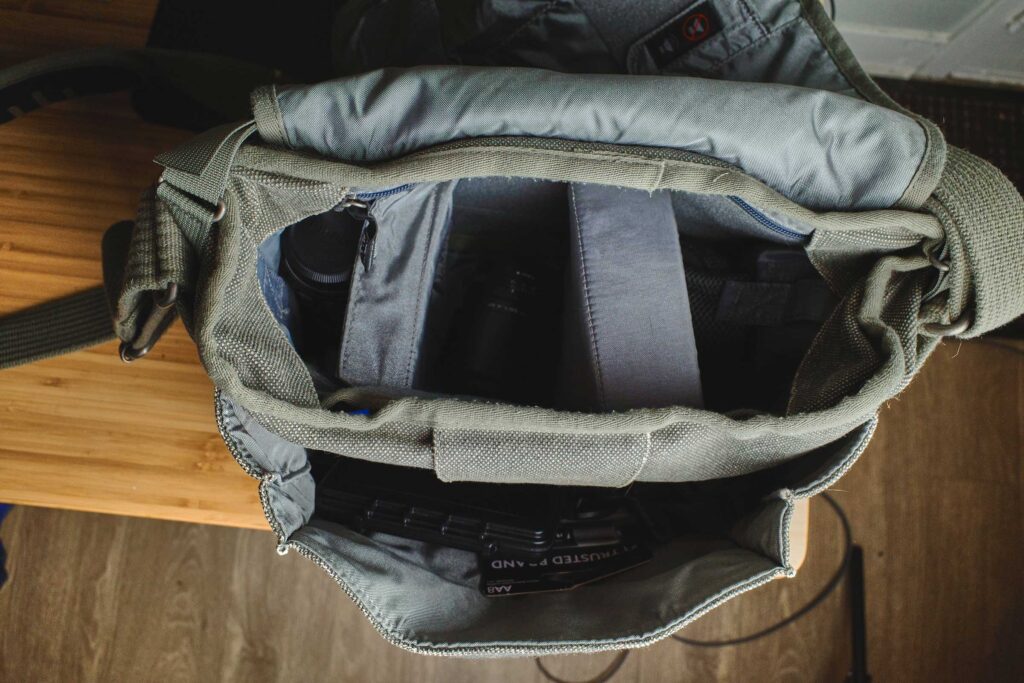
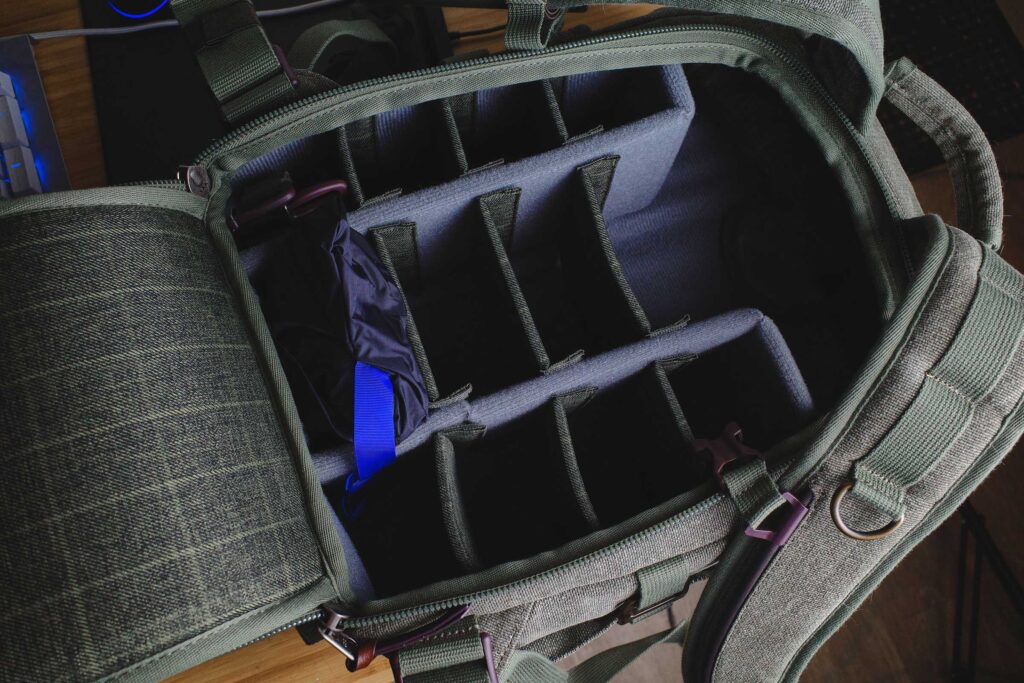
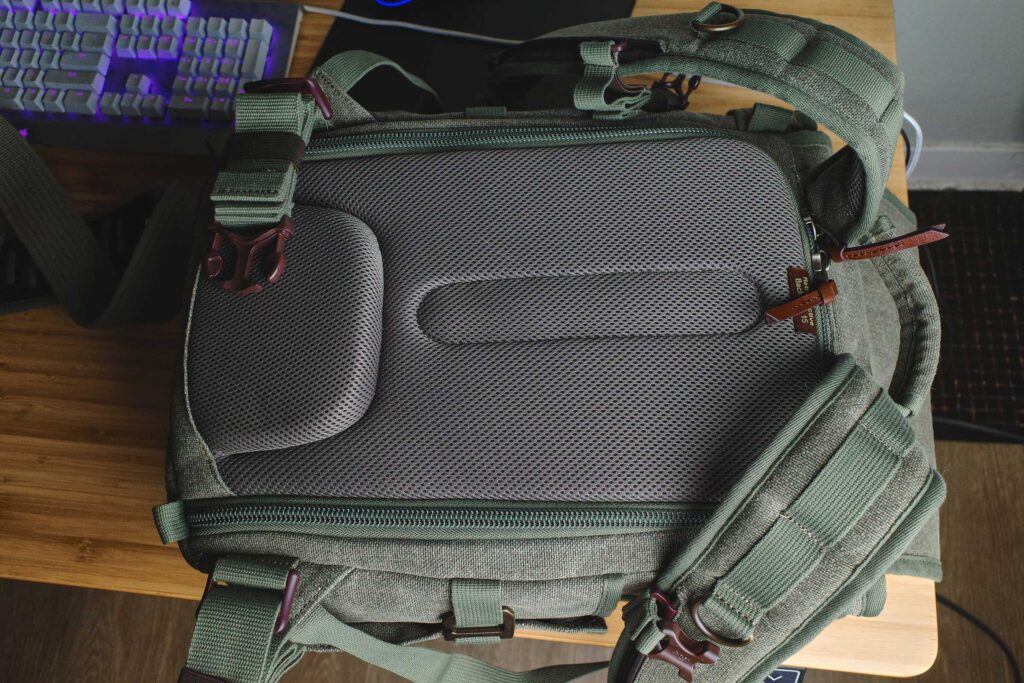

Comfortable Walking Shoes
This one is straightforward enough, right? With street photography, you’re going to be out for hours on your feet walking around. So you might as well make sure you’re comfortable. Having nice walking shoes will allow you to stay out photographing longer also, which means you’ll get more useable shots.
Also, I look for shoes that will be water-resistant for those times that I get caught in inclement weather.
Last Thoughts
Street photography gear isn’t the end-all-be-all of street photography. Once you’ve chosen your gear, it should be the last thing on your mind. What’s most important in street photography is getting out, enjoying yourself, and creating.
Street photography is about capturing life as it happens. It’s about being present, observing, and making images. So, don’t worry about what camera you’re using when you’re shooting. It’s just a tool and an extension of your eye. Just enjoy yourself and focus on making great images that you’ll be proud of.
If you’re interested in more content like this, check out my street photography tips article where I talk about all the lessons I’ve learned from shooting street photography over the past ten years.


